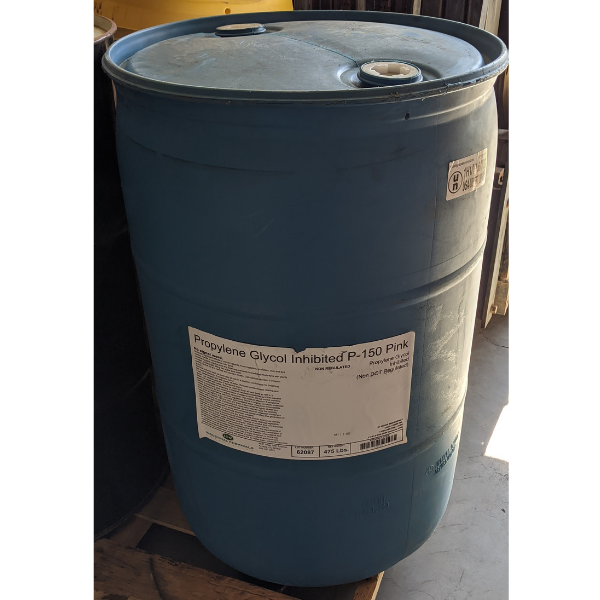Description
CALL FOR AVAILABILITY AND CUSTOM ORDERS
Overview
Propylene Glycol (PG) is a clear, colorless, and nearly odorless liquid with a slightly sweet taste. It is a versatile chemical widely used in various industries, including pharmaceuticals, cosmetics, food production, and industrial manufacturing. Its hygroscopic nature and low toxicity make it a preferred choice in applications where safety and moisture retention are critical.
Key Features
- Chemical Formula: C₃H₈O₂
- Appearance: Transparent, viscous liquid
- Odor: Nearly odorless with a faintly sweet taste
- Solubility: Completely miscible with water, alcohols, and other solvents
- Stability: Chemically stable and resistant to oxidation under normal conditions
Applications
- Pharmaceuticals:
- Used as a solvent for active ingredients in injectable and oral medications.
- Acts as a stabilizer in vitamin and hormone formulations.
- Food and Beverage Industry:
- Serves as a humectant to retain moisture in food products.
- Functions as a carrier for flavoring agents and colors.
- Utilized as an antifreeze agent in food processing equipment.
- Cosmetics and Personal Care:
- It is commonly found in moisturizers, shampoos, and deodorants for its hydrating properties.
- Used as a solvent for fragrances and essential oils.
- Industrial Applications:
- Functions as a coolant, antifreeze, and heat transfer fluid in machinery.
- Acts as a plasticizer in resins, paints, and coatings.
- Utilized in de-icing solutions for aircraft and vehicles.
- E-cigarettes:
- Forms part of the liquid base in e-liquids, providing vaporization properties.
Advantages
- Non-Toxic: Low toxicity makes it safe for applications in food, cosmetics, and pharmaceuticals.
- Hygroscopic: Attracts and retains moisture, ensuring hydration and preservation.
- Versatile: Applicable across a wide range of industries due to its chemical compatibility and functionality.
Safety and Handling
- Protective Gear: Wear gloves and goggles when handling in concentrated forms to avoid irritation.
- Storage: Store in a cool, dry, and ventilated area away from heat sources and incompatible materials.
- Spill Management: Clean spills promptly with water and prevent the liquid from entering waterways.
- Ingestion: Generally recognized as safe (GRAS) in food-grade concentrations but should not be consumed in large amounts.




